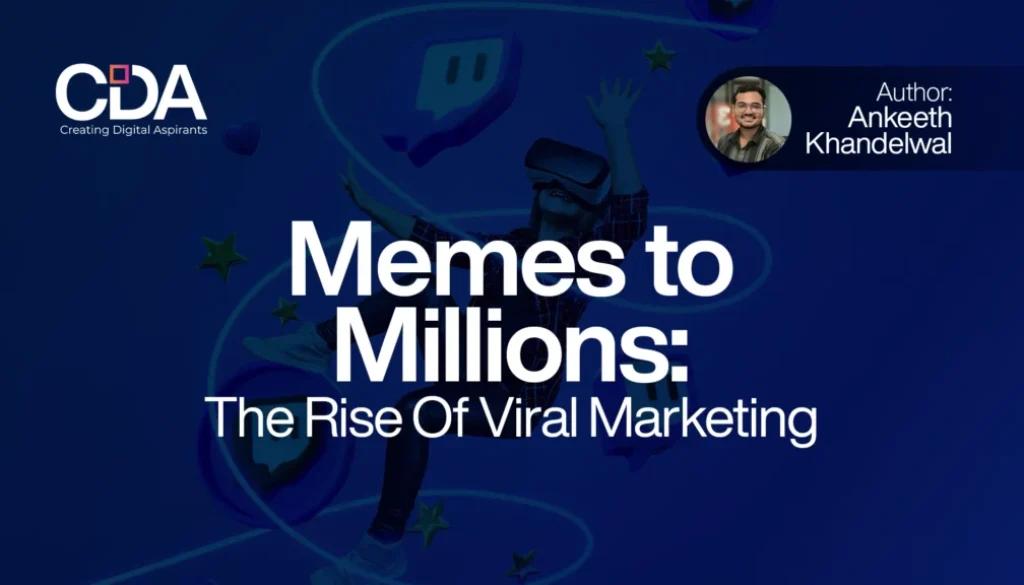Memes To Millions: The Rise Of Viral Marketing
Table of Contents
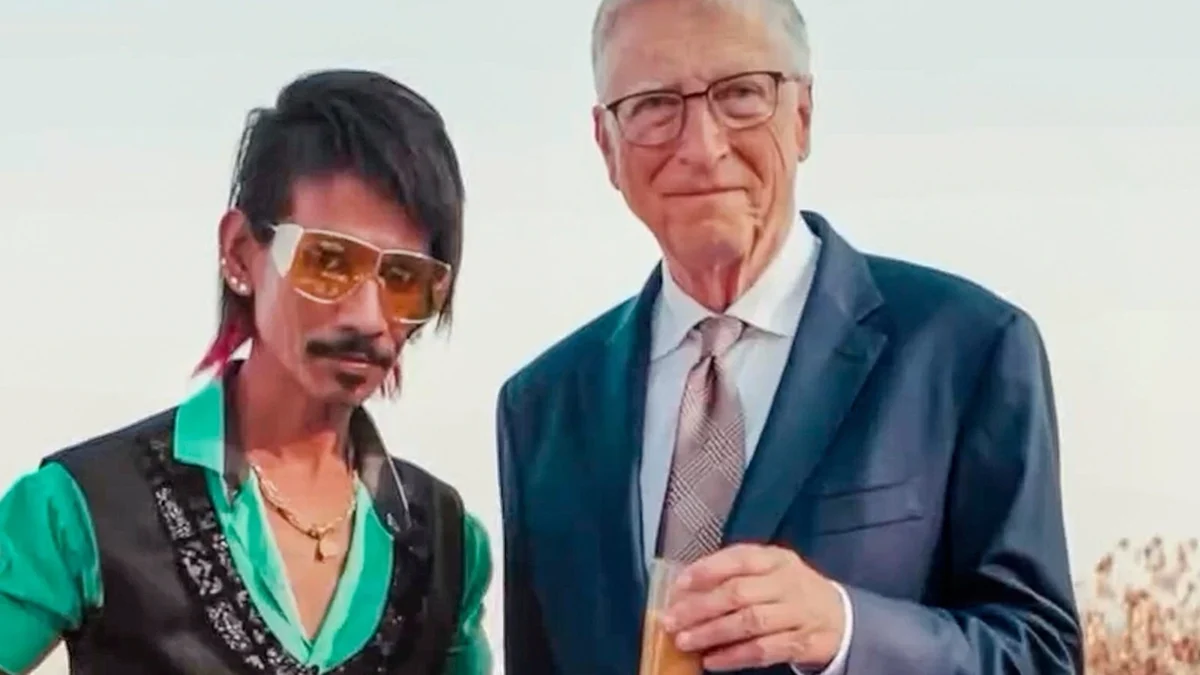
Anything can go viral; sometimes, the most unexpected combinations lead to the funniest and most relatable moments. (Former CEO of Microsoft- Bill Gates & Dolly Chaiwala)
A single tweet can spark global conversations, and a 10-second video can turn an unknown into an overnight sensation. Viral marketing success has become a top priority for brands.
But what exactly makes content “go viral”? Why do memes; those quirky, internet-born inside jokes, hold such power in the marketing world?
In this blog, we’ll talk about the magic behind viral content and explore why memes, with their unique blend of humor and relatability, have become the secret weapon in modern branding.
The Power of Virality
Virality isn’t simply getting a reach of millions; they’re making an emotional connection. Viral content often draws on:
- Relatability: The “this is so me” factor that gets people tagging their friends.
- Humor: Funny content gets shared quickly because laughter is contagious.
- Surprise: We remember the unexpected twists and outcomes.
- Cultural Relevance: Linking to the happenings of the day, trends, or shared experiences.
Memes: The Money of the Internet
Memes go beyond funny images; they’re cultural artifacts that convey complex concepts in an easy-to-digest, shareable format. Brands that can do this right and use memes to their advantage can slip, almost unnoticed, into the frame of online communities, appearing as less a run-of-the-mill advertiser than part of their lives.
Why Memes Work for Marketing
- Cost-Effective: Generally memes are low-cost to produce and potentially have a far reach.
- Authenticity: They help brands be human and non-threatening.
- Shareability: On platforms like Instagram, Twitter, and TikTok, memes thrive, making them perfect for going viral.
Example:
Does anyone remember the “Netflix and Chill” meme?
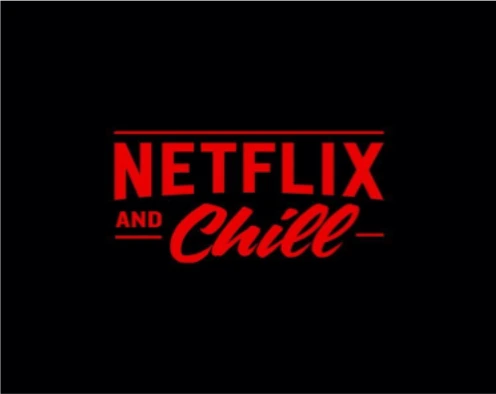
What began as an internet joke became a pop culture miracle, with Netflix even adopting the phrase in marketing efforts, trying to reach younger viewers.
A Study of Why Memes Can Generate Millions
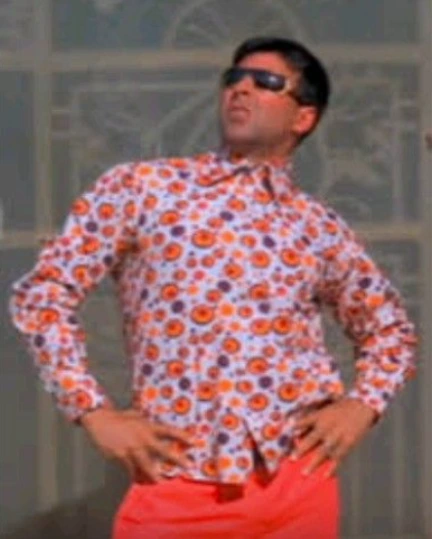
“25 din me paisa double”
An internet sensation, the iconic Phir Hera Pheri scene “25 din mein paisa double” (get rich quick) scene has become a cultural meme wonder, widely used by brands to engage audiences. Its humor and relatability make it a perfect tool for connecting with people, and brands have cleverly tapped into its popularity to increase engagement and visibility.
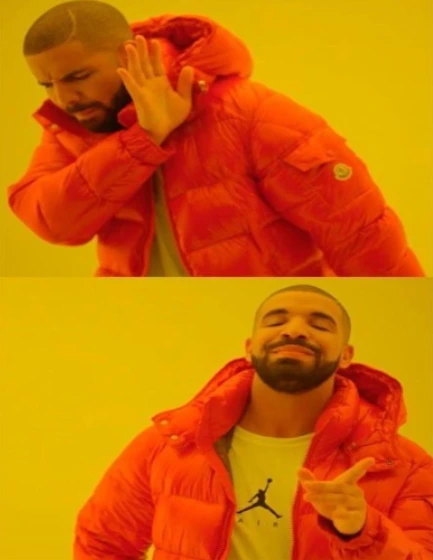
Drakeposting- Hotline Bling music video
Brands have cleverly used the “Drakeposting” meme to highlight their products or services by comparing them with a competitor’s offering. For example, a brand might show Drake rejecting a common problem or product in the top image, then showing him happily choosing their solution in the bottom. This playful comparison increases engagement by making the message relatable and fun, driving attention and interaction without feeling overly promotional.
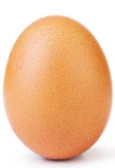
The “World Record Egg”
In 2019, a regular picture of an egg became Instagram’s most-liked post, surpassing Kylie Jenner. The mental health awareness campaign more recently capitalized on this viral moment, demonstrating that the simplest of content can make a significant impact.
Understanding the Science of Going Viral
While virality seems randomly lucky, there’s a systematic approach to it:
- Emotion Triggers: Content evoking strong emotions like joy, anger or nostalgia is more likely to be shared.
- Timeliness: Making content on trending topics or events can increase reach.
- Simplicity: The simple and easy-to-understand content spreads faster with the audience
- Social Proof: People are more likely to share something that they see others engaging with.
Challenges of Viral Marketing
Going viral can indeed attract massive attention but it also carries risks:
- Short Impact: Going viral can have a short shelf life. Right after that, you have to have follow-up plans in place to keep the momentum going.
- Potential Backlash: The brand using memes that joke about a sensitive issue, like mental health or social justice, can easily backfire.
- Fading beauty: If memes are overused or poorly executed, they can lose their magic.
How Brands Can Influence Viral Marketing
To apply the virality power, brands may:
- Be True to Yourself: No one ever went viral by trying hard (well, unless they manage multiple domains).
- Engage with Communities: Listen and focus on your audience sincerely.
- Keep Track of Trends: Use tools like Google Trends or social listening platforms to identify up-and-coming topics.
- Use Retribution: Viral opportunities are often unexpected, so be prepared to respond quickly.
Conclusion
Whether you seek virality or not, this will be unavoidable as the platforms develop and digital culture continues to spread through our lives: The art of virality is always changing, and constantly adapting. It’s about creating moments that resonate through visuals and text, telling a story that connects with audiences on a personal level and helps build a brand
The next time you see a meme shared across your feed, think about the hidden marketing potential behind that laughter. Who knows? It could be the start of a campaign that turns humor into millions.
